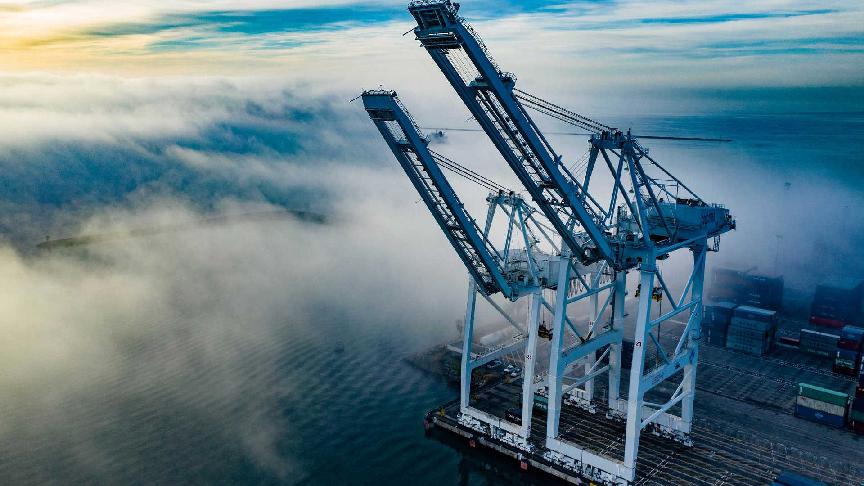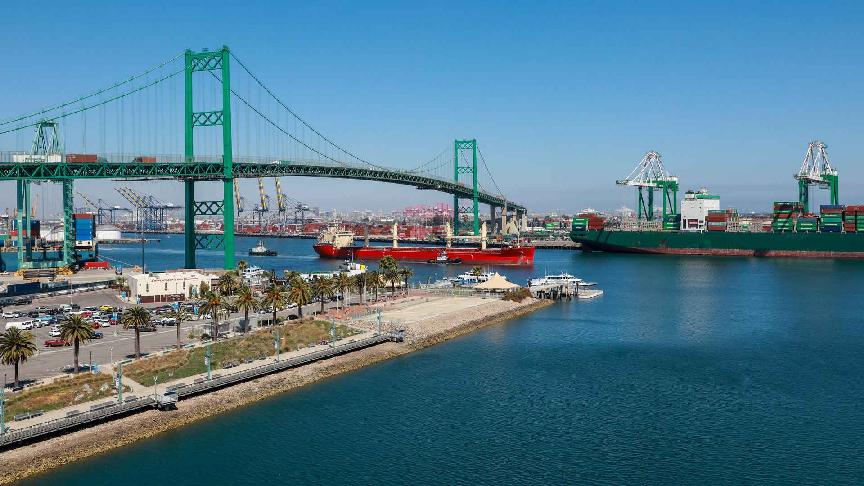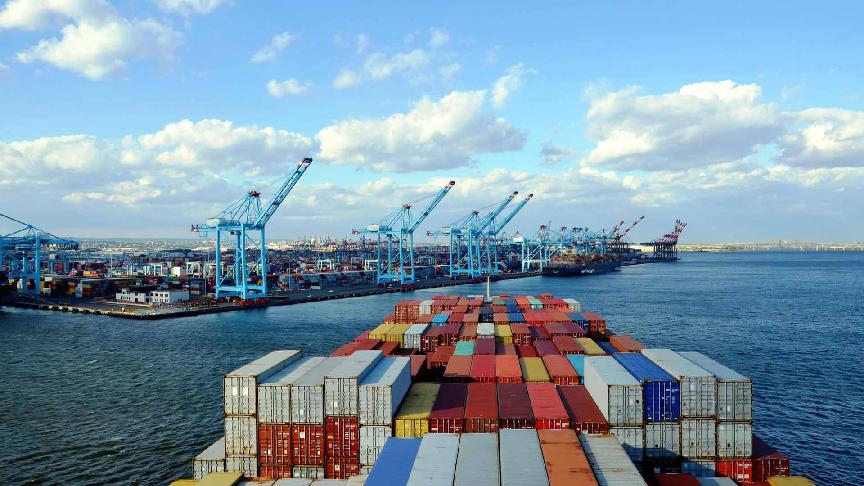U.S. imports experienced growth in January 2023
West Coast ports increased their share of the total imports by 2% last month

Compared to December 2022, container import volumes arriving at US ports grew by nearly 7% in January 2023. However, the figures published this month mark a 0.3% decrease in comparison to the pre-pandemic volumes of January 2019.
A report by logistics and supply chain software provider Descartes estimated the container volumes to have reached 2,068,493 TEU last month. This figure reveals that January 2023’s increase “was the greatest of the last seven years (7.2%).”
All of the top-10 ports in the US, except Savannah Port, experienced growth in volumes, says the report. The port that experienced the largest container volume growth was the Port of Long Beach, where more than 35,000 TEU was added month-on-month.
The drop in container volumes from China reversed in January and increased by 11% compared to December 2022. However, Descartes says the impact of the Chinese Lunar New Year holiday will not be felt until late February and early March 2023.
China represented 36.9% of the total U.S. container imports, a decline of 6.1% from the high of 41.5% in February 2022, according to the report. Despite this decline, China was the largest contributor to the growth in January among the top 10 countries of origin, while “Germany was the only top 10 with a decline.”
Data from the ports show that the East and Gulf Coast’s share of total import volumes remained higher than that of West Coast ports at 45.2% vs 38.6%. Nevertheless, compared to December, the West Coast managed to gain a 2% market share in January.
Looking ahead, the National Retail Federation (NRF) forecasts an imports decline in February and March, says Maritime Executive. The NRF reported its forecast in its Global Tracker report, expecting a total of 8.9m TEU during the first five months of the year – a decline of 21% compared to the same period in 2022.
“February is traditionally a slow month, but these are the lowest numbers we’ve seen in almost three years. Retailers are being cautious as they wait to see how the economy responds to efforts to bring inflation under control,” said Jonathan Gold, NRF Vice President for Supply Chain and Customs Policy.
Source: Descartes, Maritime Executive
Related articles

Sea newsCargo surge sends port of Long Beach to record September

Sea newsPorts of Los Angeles and Long Beach see mixed cargo volumes in August

Sea newsEast coast pulls ahead in early peak season volumes

Sea newsNew York and New Jersey was the United State's busiest port in February 2023

Sea newsUS Southeast ports increase their market share of Asian imports

Sea newsLA Port Director says port needs to become more "business-friendly"
